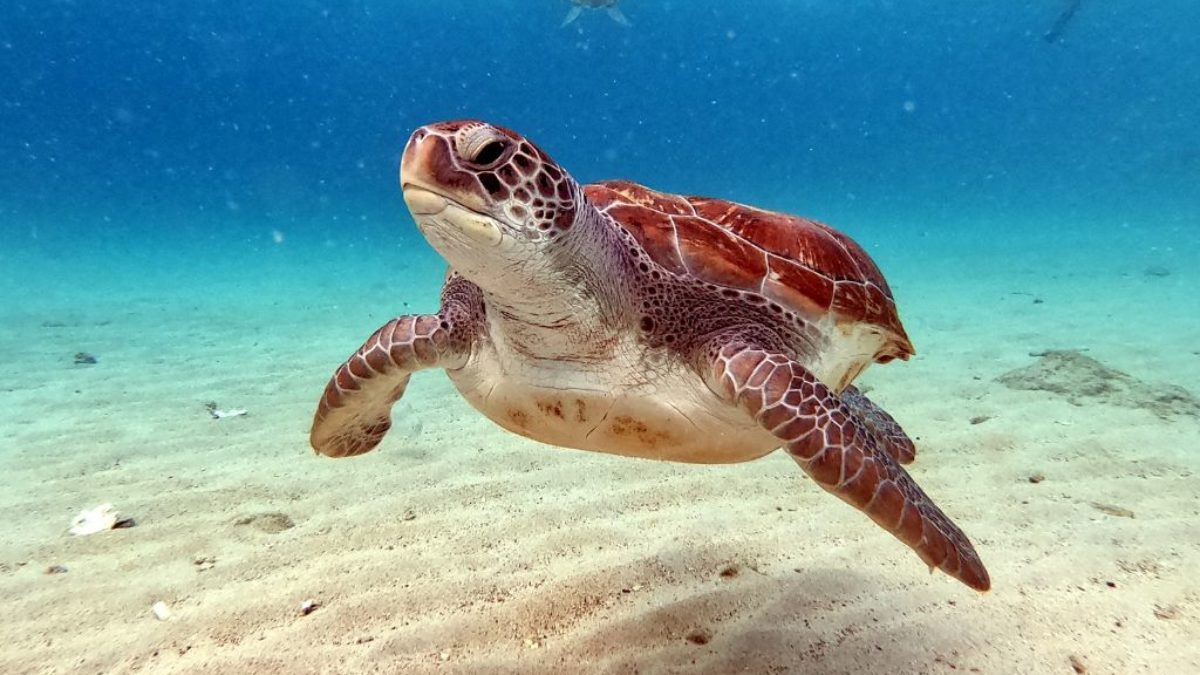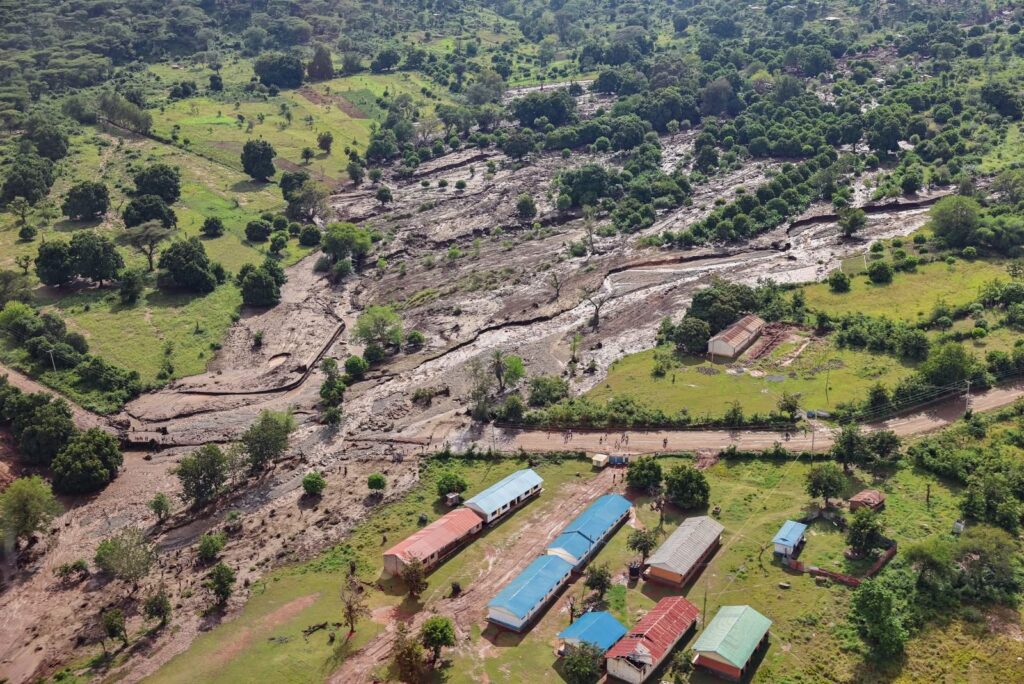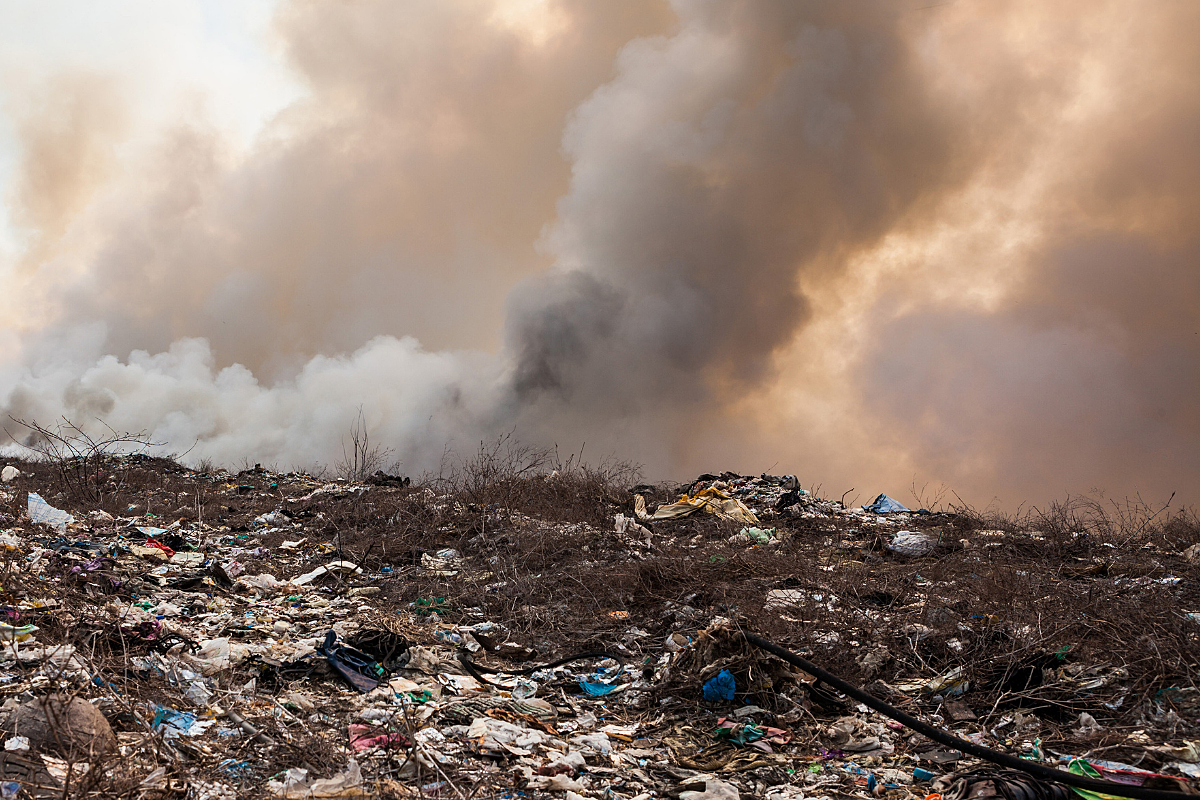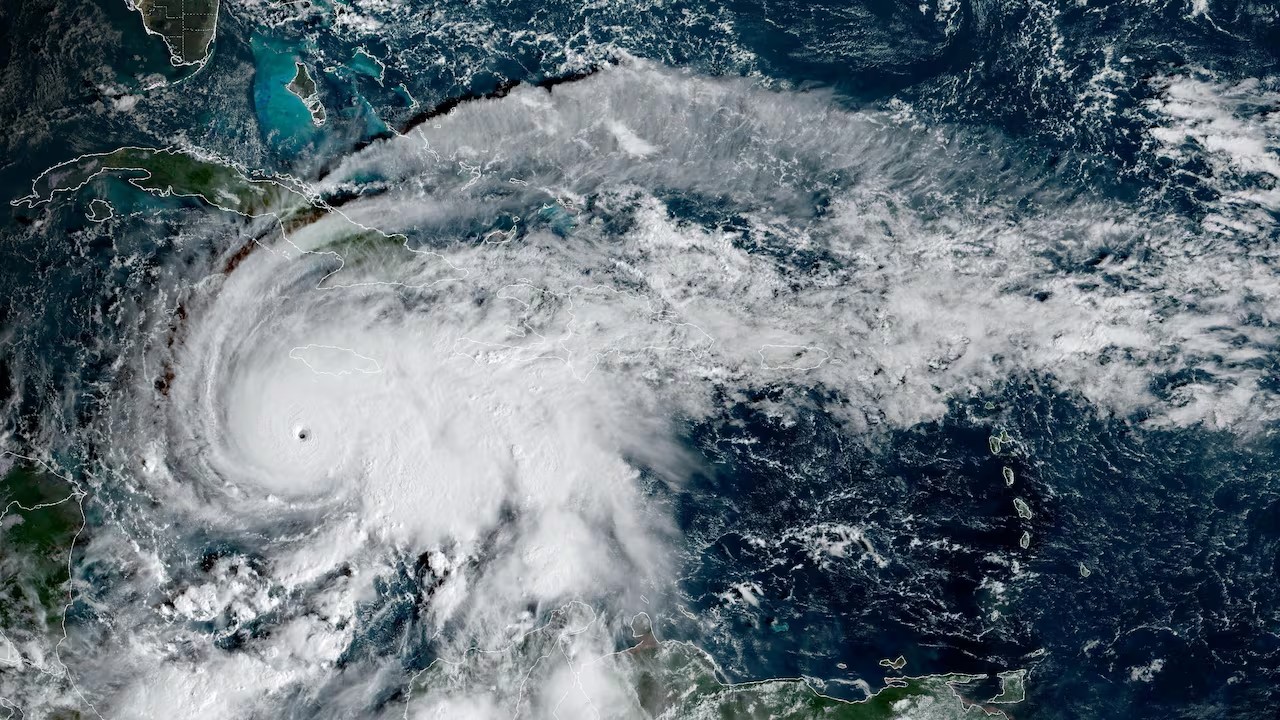- According to a study of the northern Great Barrier Reef Green Turtle (Chelonia mydas) population, 87% of adult turtles were female, rising to 99% in juvenile and subadult turtles.
Stakeholders in a United Nations (UN) convention in Dar es Salaam, Tanzania, that ended June 27, 2024, agreed on a number of conservation actions regarding marine turtles in the Indian Ocean and Southeast Asia region.
Some recommended actions include adopting a Single Species Action Plan for the critically endangered hawksbill turtle, managing beaches, practising hatchery management, and recommending guidance on identifying critical habitats for turtles.
Marine turtles are an endangered species of reptile due to human activities. Some of the threats that these reptiles face include by-catch, egg collection, hunting for meat or shells, and destruction of nesting habitat. Other indirect threats they face are plastic ingestion, entanglement in marine debris, and light pollution at nesting beaches.
Climate change is also a factor that threatens the existence of marine turtles. A State of the World’s Migratory Species report suggests that climate change is predicted to threaten species with temperature-dependent sex determination, like marine turtles.
According to a study of the northern Great Barrier Reef Green Turtle (Chelonia mydas) population, 87% of adult turtles were female, rising to 99% in juvenile and subadult turtles. The difference in the ratio between the males and the females was suggested to indicate an increase in the proportion of females in recent decades, likely due to rising sand temperatures.
Read More
According to the Environmental Capacity and Sustainability (ECAS) Institute, rising global temperatures driven by climate change pose a grave threat to the population of green sea turtles along Kenya's coastline. This is a troubling development, considering that the Green Sea Turtle has been designated as an endangered species since 1982.
The governments, during the UN meeting, agreed on different management action options to tackle the issue, including managing threats to individual females, nests, and hatchlings on the beach, preventing beach erosion with sound coastal management practices, using Managed Retreat options to manage inappropriate developments, protecting or defending coastal infrastructure/turtle nesting beaches through e.g. beach nourishment schemes and sacrificing infrastructure to re-establish coastal processes.
Other actions suggested by the governments include applying spatial planning approaches to ensure sufficient habitat is available away from competing activities and intact coastal connectivity.







